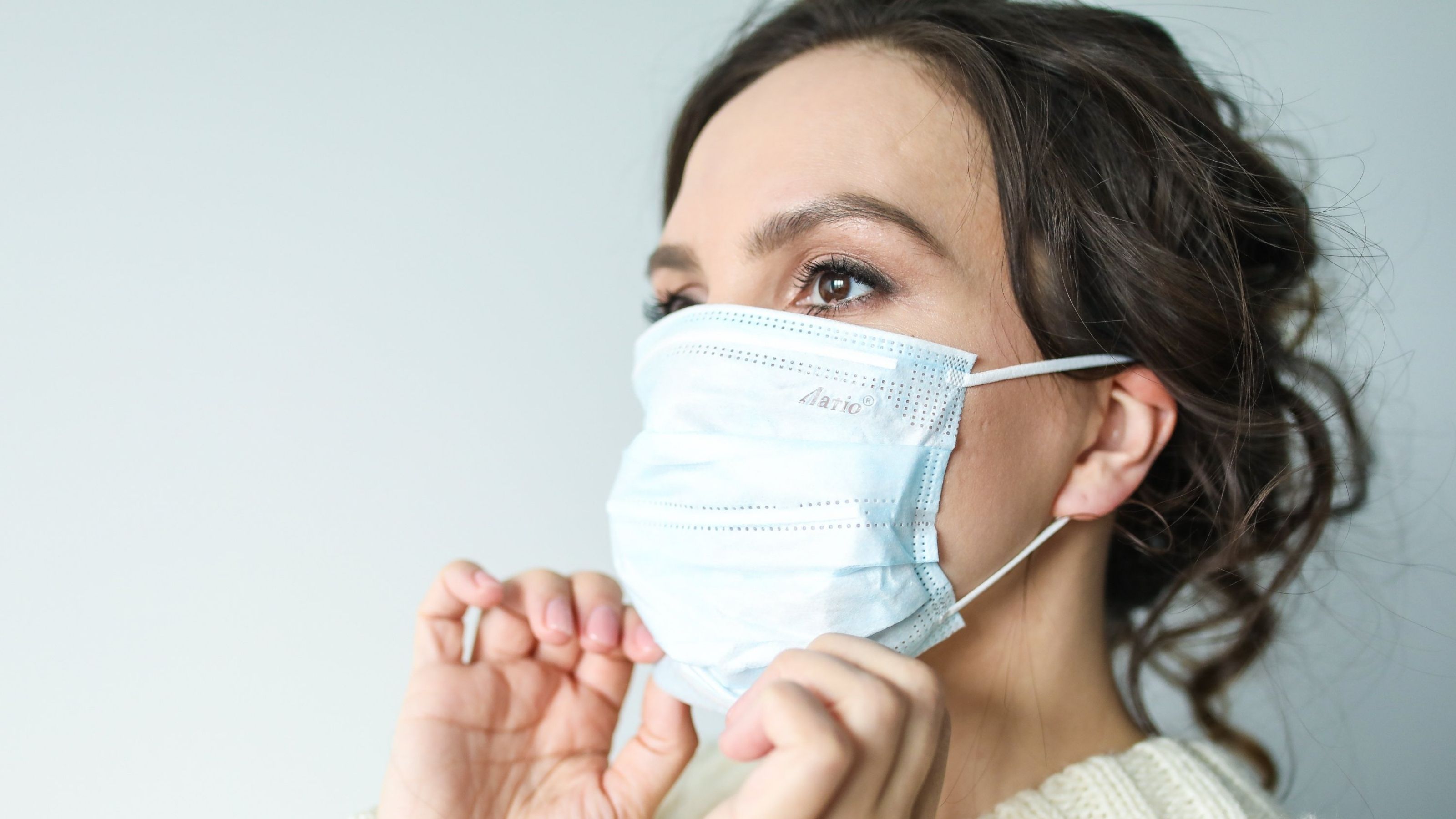As the pandemic and public health recommendations continue to evolve, rules around masks will do so too. For the most up-to-date rules and recommendations around masks on campus, visit the COVID-19 mask information website.
While the majority of classes and all events are online until January 23, 2022, some in-person activities continue. Masks have been a staple of our lives for a while, but recommendations have shifted along the way. In some international health jurisdictions, recommendations have recently moved to include medical level masks (e.g., ASTM L1,2,3 or N95). Recent isolation requirement changes in Canada have also seen public health experts nationwide re-emphasize the importance of masking in public spaces.
At the U of A, we rely on the advice and expertise of our Human Resources, Health, Safety and Environment team to gather the most recent recommendations and requirements from public health authorities and experts according to the current realities of COVID-19 in Alberta. We talked to Greg Hodgson, an occupational hygienist in Human Resources, Health, Safety and Environment, about the current masking discussion topics in the U of A community:
Do I need to wear a mask if I’m fully vaccinated? What if I have received a booster vaccine?
Yes. While vaccinations reduce the likelihood of transmission, they don't eliminate it. Masks are still an important control to help us minimize transmission on campus, and are mandatory.
What kind of mask do I need to wear?
Masks should fit well and be of high quality, and be three layers minimum–an outer and inner layer, and a filter layer in between. Single-use non-medical masks and reusable cloth masks with at least three layers are acceptable and recommended by Alberta Health.
Should I wear a respirator or medical mask?
Medical masks (e.g. ASTM certified) and respirators (e.g., N95, N99, and P100 masks) are acceptable alternatives to a non-medical mask–but not required for U of A in-person activities outside of medical fields or other pre-existing workspace requirements.
If you are choosing a medical mask, be sure to follow all the same recommendations on fit, proper mask use, and putting on/taking off your mask. It is important to ensure your medical mask is tight-fitting and that you do a seal check each time you put it on.
People at risk of severe outcomes should wear medical masks when in settings with people outside of their household. However, current public health general recommendations for communities and workplaces do not include wearing respirators, like N95 masks. Respirators are not identified as a control from an institutional perspective. N95 masks remain in very short supply given their criticality to our front line health workers.
When do I need to wear a mask and when can I take it off?
The U of A requires that all faculty, staff, students and visitors to all U of A campuses wear non-medical face masks at all times in all university indoor common-use spaces — on its property, vehicles and leased spaces. This includes classrooms, labs, common areas in residences, libraries and meeting rooms. Masks are also required to be worn by attendees at outdoor events on U of A campuses and properties.
Will masking requirements change again on campuses?
It’s possible, but not yet. We are currently watching public health indicators and all new information available very closely.
It’s tough for our community, and others, to keep up with the frequent changes to recommendations and requirements–but changes ensure we are offering the most up-to-date guidance possible to keep communities safe. The U of A follows and sets safety measures according to the realities of COVID-19 in Alberta and for our diverse community and campuses. We should all be ready to adapt if recommendations change; for the time being, continue to wear your three-layer non-medical masks to campus.
